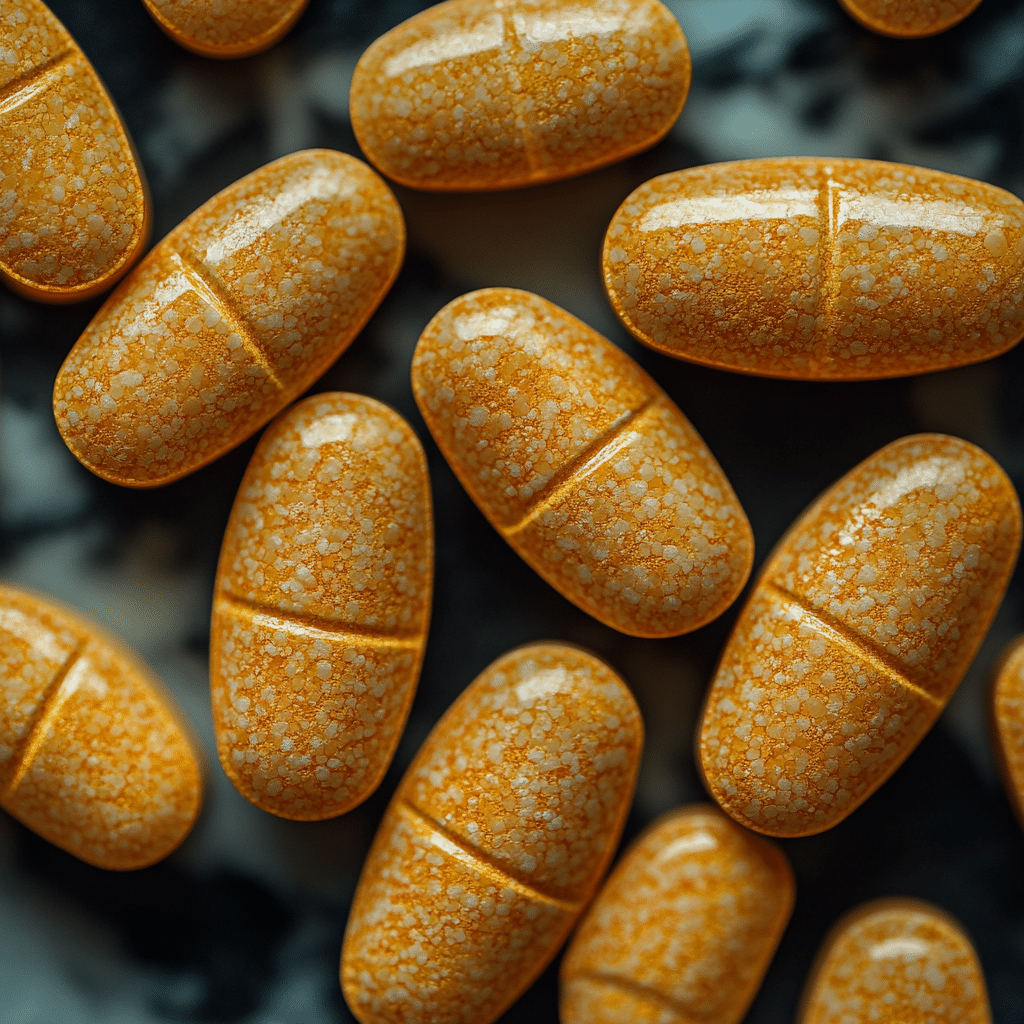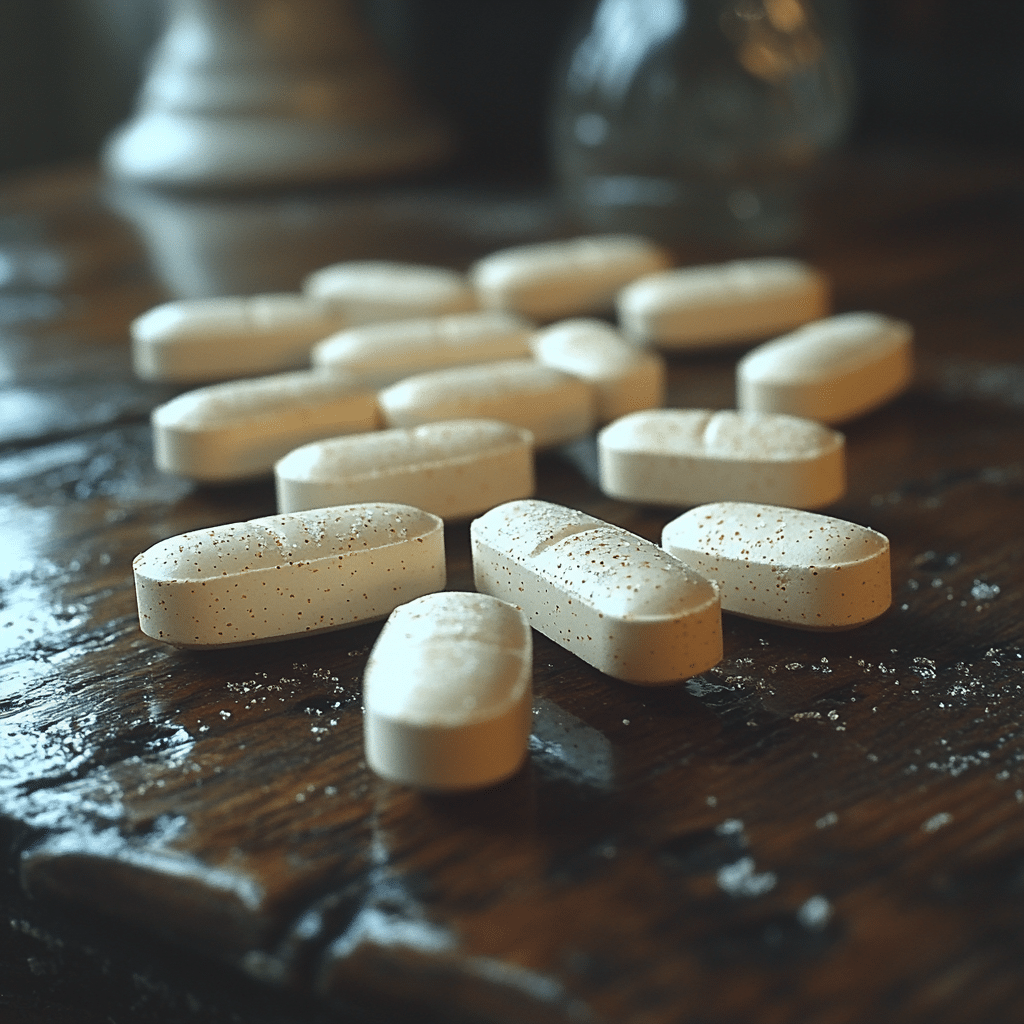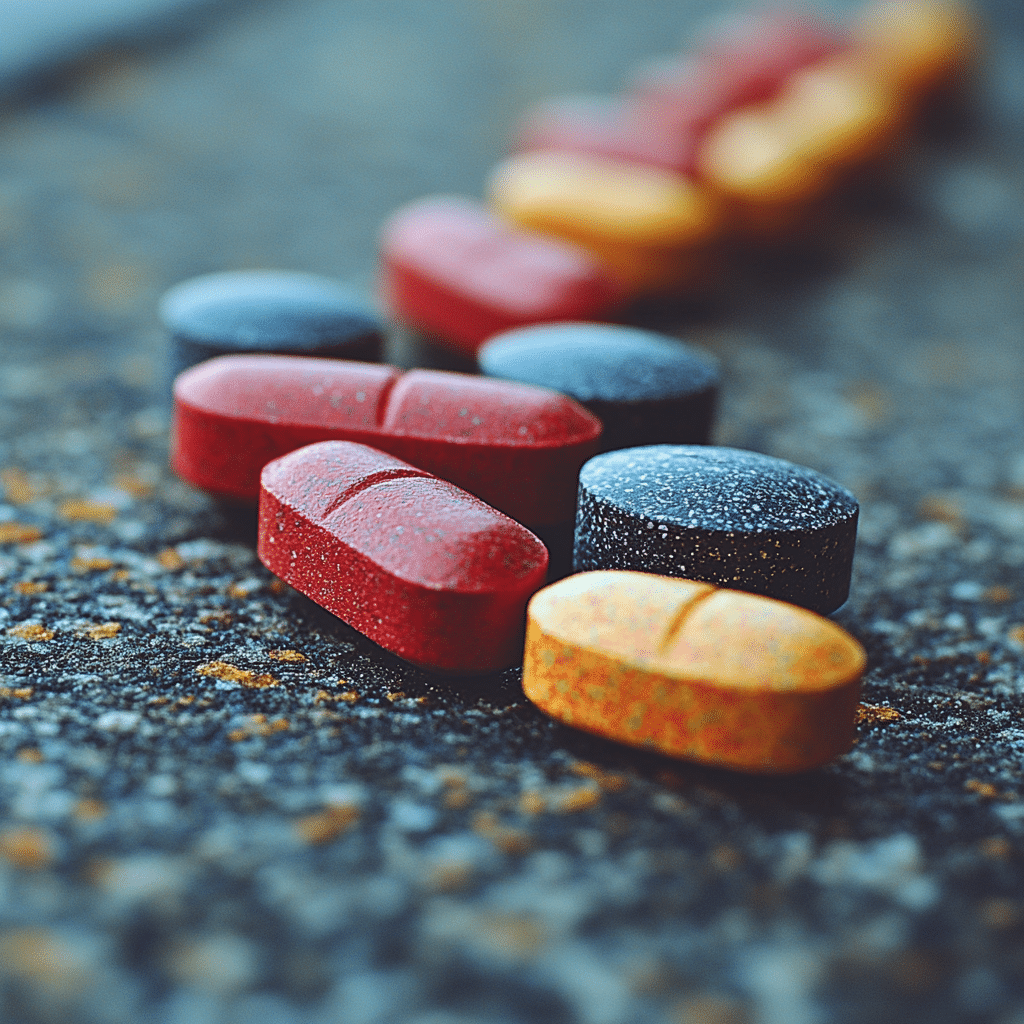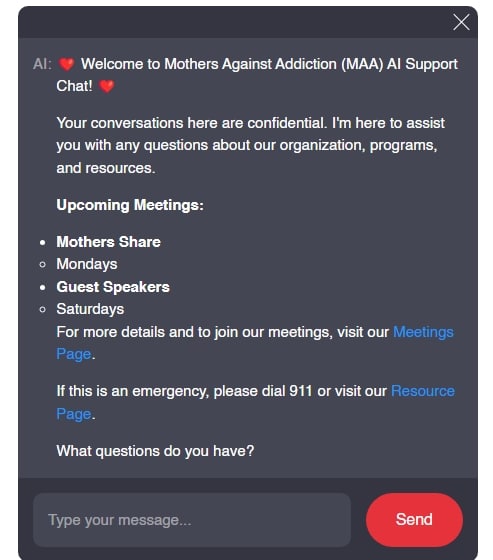When it comes to addiction, pain can feel overwhelming. Parents of children grappling with substance abuse often wear many hats: caregiver, advocate, and advocate for healing. But amid the turmoil, there are pain relievers that hold the power to change lives and help navigate the emotional landscape of recovery. They’re not just about alleviating physical discomfort; they’re about offering hope and fostering a path toward healing.
In this world of pain management, acknowledging the importance of effective treatment while also considering the risks of dependency is vital. Let’s dive into some of the most common pain relievers and their role in healing, aiming for a comprehensive understanding that we hope makes a difference for you or the one you love.
Top 7 Pain Relievers That Change Lives
1. Acetaminophen (Tylenol)
Acetaminophen, often sold under the brand name Tylenol, is a household name for combating mild to moderate pain. It’s a reliable option for those recovering from surgery, managing arthritis, or dealing with everyday aches. Acetaminophen is favored for its lower risk of gastrointestinal side effects compared to non-steroidal anti-inflammatory drugs (NSAIDs). However, staying within the recommended dosages is crucial, as an overdose can lead to severe liver damage.
Many families find comfort in the simplicity of Tylenol when navigating pain, whether that pain results from physical injury or emotional distress. While pain relief is essential, parents should educate themselves about safe usage, emphasizing that even common medications come with responsibilities.
2. Ibuprofen (Advil)
Ibuprofen, or Advil, is another common NSAID that provides relief from pain and inflammation. It’s often prescribed for arthritis, menstrual cramps, or other chronic pain issues. Research indicates that taking ibuprofen at appropriate doses can improve daily living for many who suffer from ongoing pain. However, it’s good to temper that relief with caution, as long-term use can carry potential cardiovascular risks.
In the throes of caring for a loved one battling addiction, it’s easy to overlook the importance of managing your own health. That’s where understanding medications like ibuprofen becomes important—both to relieve physical pain and to approach life with resilience.
3. Gabapentin (Neurontin)
Gabapentin, known widely by its brand name Neurontin, was initially developed to treat epilepsy. Today, it’s also recognized for its effectiveness in treating neuropathic pain often linked to conditions like diabetic neuropathy or fibromyalgia. Patients frequently report significant improvements in pain levels and sleep quality. However, caution is needed, as misuse can lead to dependence.
Families coping with addiction may find that neuropathic pain exacerbates emotional struggles. Recognizing the power of medications like gabapentin can help you create a well-rounded support system. After all, pain relief contributes not just to comfort but also to emotional stability.
4. Oxycodone (OxyContin)
Oxycodone is a strong pain reliever, often used for those facing moderate to severe pain, such as from cancer or following surgery. This opioid can be highly effective in alleviating discomfort, but the potential for addiction looms large. For those with a history of substance use, caution is paramount. Implementing comprehensive pain management strategies that include professional counseling or support groups can be incredibly helpful.
Understanding medications like OxyContin in the context of addiction can empower families to navigate treatment options wisely. Pain relief is crucial, but safety must always come first.
5. Corticosteroids (Prednisone)
When chronic inflammatory diseases like lupus or rheumatoid arthritis make daily life a challenge, corticosteroids like Prednisone come into play. These medications can drastically improve mobility and enhance quality of life. However, long-term use raises concerns about severe side effects, including osteoporosis and hormonal imbalances.
For parents managing a loved one’s addiction, understanding the dual role of medications in both pain relief and potential risk is vital. The challenge lies in finding a balance that prioritizes health while also addressing emotional and psychological needs.
6. Triptans (Sumatriptan)
Migraine sufferers often find solace in triptans like Sumatriptan. These medications target specific serotonin receptors to provide relief from debilitating headache pain. Patients have noted not only improvement in pain levels but also a reduction in the frequency of migraine attacks when taken regularly.
Addressing migraines effectively ensures that families can focus on relationships and appreciate the time spent together. By relieving such intense pain, individuals can re-engage with their lives and their loved ones.
7. Antiemetics (Ondansetron)
While antiemetics like ondansetron primarily fight nausea, their role in pain management shouldn’t be underestimated. For individuals undergoing chemotherapy or after surgical procedures, alleviating distress from nausea makes significant strides in pain management. By enabling patients to concentrate on recovery, these medications help better the overall treatment experience.
As a parent dealing with a child’s addiction, it’s crucial to remain aware of the connections between all forms of pain, both emotional and physical. Antiemetics provide a valuable tool in the larger toolkit of recovery.

Understanding the Role of Pain Relievers in Addiction Recovery
The interplay between addiction and pain management requires a keen awareness of underlying issues. When someone struggles with addiction, relying on traditional pain relievers may not be viable. Instead, it becomes necessary to explore alternative pathways, perhaps using non-narcotic options or integrative approaches like physical therapy, acupuncture, and mindfulness practices.
There’s a delicate balance to strike. While relief from pain is essential, so is the stability of the individual in recovery. As a parent or caregiver, you can be a strong advocate for exploring options that minimize the risk of dependency, paving the way for a healthier, more supported recovery experience.
Moving Beyond Pills: Holistic Approaches to Pain Management
An increasing number of healthcare professionals endorse holistic approaches to pain management that complement traditional medications. Techniques such as yoga, meditation, and cognitive-behavioral therapy empower individuals to tackle pain on their own terms. This approach shifts the focus from pain relievers to the overall wellness of the individual.
Incorporating these methods can be particularly helpful for families facing addiction, as they address emotional pain and stress. By focusing on comprehensive wellness, families can find the strength to support each other without feeling overwhelmed by medications.

Embracing Change Through Pain Relief
The impact of pain relievers on the quality of life cannot be overstated. When appropriately used, they provide the vital lifeline needed for recovery progress. Pain relief fosters positive changes, empowering individuals to reclaim their lives, their relationships, and their passions.
As we pave the way toward innovative solutions for pain management, let’s celebrate the resilience of those affected. By providing empathy and understanding, we can create a future where people find relief from pain without the specter of dependency shadowing them.
Remember, if you need further resources, check out How long Does delta 8 stay in Your system for support, or explore the importance of American Indian heritage month in raising awareness about addiction within various communities.
Together, let’s foster a culture of healing, advocacy, and unwavering support for those we love, knowing that pain relief can be a stepping stone toward a brighter future.
Pain Relievers That Change Lives and Heal Suffering
The Transformative Power of Pain Relievers
Pain relievers are more than just pills; they can genuinely change lives. Many folks struggling with chronic pain find relief through various types of pain relievers, allowing them to reclaim a semblance of normalcy. Reflecting on the journey of overcoming pain can be reminiscent of a beloved TV series like Eight Is Enough, where the challenges faced may remind us of the ups and downs of daily life. It’s remarkable how a simple substance can have such a profound impact, echoing sentiments from our culture, where even “the Sexiest man alive might express that everyone deserves to lead a pain-free life.
Pain Relievers and Cultural Connections
Interestingly, different cultures have unique approaches to pain management. For example, Traditional American Indian medicine often incorporates natural remedies for pain relief. This is a reminder of how diverse the methods can be for tackling difficulties in life. Much like the anticipation we feel for The Way home Season 3, there’s a wait for that perfect pain reliever that not only addresses physical discomfort but also allows individuals to connect with their families and loved ones again. It’s essential to remember that while pain relievers can be effective, they also require careful consideration to avoid potential pitfalls associated with misuse.
The Importance of Education and Awareness
When parents or guardians support a child grappling with addiction and the potential misuse of pain relievers, knowledge becomes their strongest ally. Just as Pauley Perrette says she’ll never act again, reflecting on past choices can enlighten others about the dangers of misusing medications. Furthermore, understanding the timeline of pain relief options, akin to figuring out 18 Weeks To Months, helps in making informed decisions. Besides, gathering with friends or family at various Restaurants in Baltimore can provide a comforting environment, fostering conversations about emotional support during tough times.
In conclusion, pain relievers play a vital role in healing and transforming lives. By understanding their impact, embracing cultural wisdom, and educating ourselves, we ensure that the journey through pain provides opportunities for growth and connection, while ultimately improving the quality of life for those in need.





























